
by mbp11 | Jun 15, 2004 | Publications
Simulations of humans performing seated reaches require accurate descriptions of the movements of the body segments that make up the torso. Data to generate such simulations were obtained in a laboratory study using industrial, auto, and truck seats. Twelve men and...
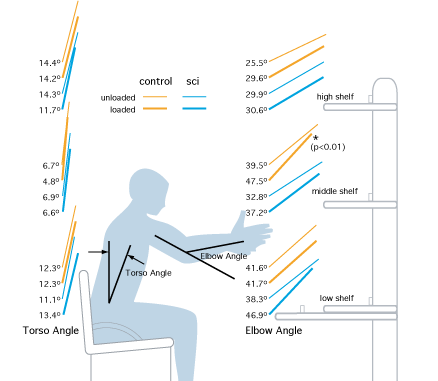
by mbp11 | Jun 15, 2004 | Publications
In many task analyses using digital human figure models, only the terminal or apparently most stressful posture is analyzed. For reaches from a seated position, this is generally the posture with the hand or hands at the target. However, depending on the...
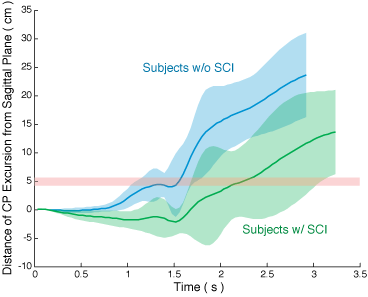
by mbp11 | Mar 1, 2004 | Publications
Static biomechanical modeling has revealed that human reaching and object movement capabilities are dependent on both torso and upper extremity muscle strengths, and the ability to maintain balance throughout the movement. This paper describes data and biomechanical...
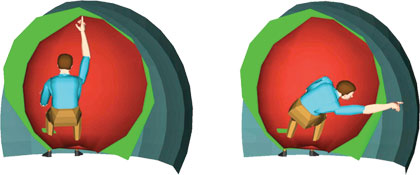
by mbp11 | Jun 17, 2003 | Publications
Assessments of reach capability using human figure models are commonly performed by exercising each joint of a kinematic chain, terminating in the hand, through the associated ranges of motion. The result is a reach envelope determined entirely by the segment lengths,...
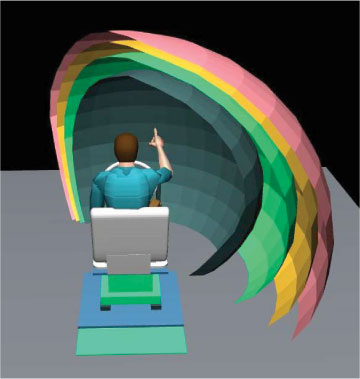
by mbp11 | Mar 3, 2003 | Publications
The reach capability of drivers is currently represented in vehicle design practice in two ways. The SAE Recommended Practice J287 presents maximum reach capability surfaces for selected percentiles of a generic driving population. Driver reach is also simulated using...
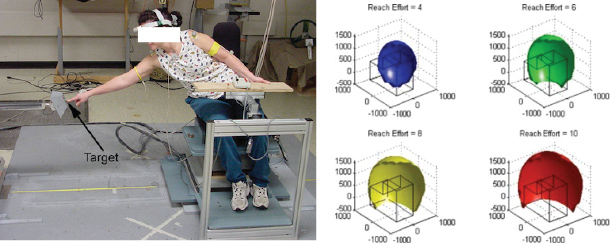
by mbp11 | Sep 29, 2002 | Publications
Nonlinear constrained optimization algorithms are widely utilized in artifact design. Certain algorithms also lend themselves well to design of experiments (DOE). Adaptive design refers to experimental design where determining where to sample next is influenced by...






